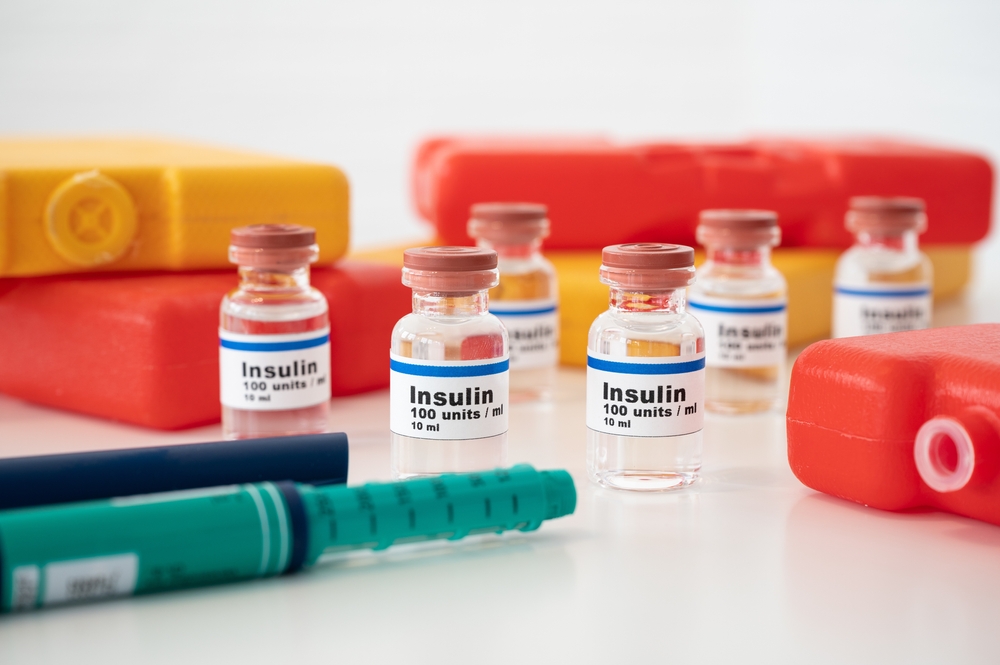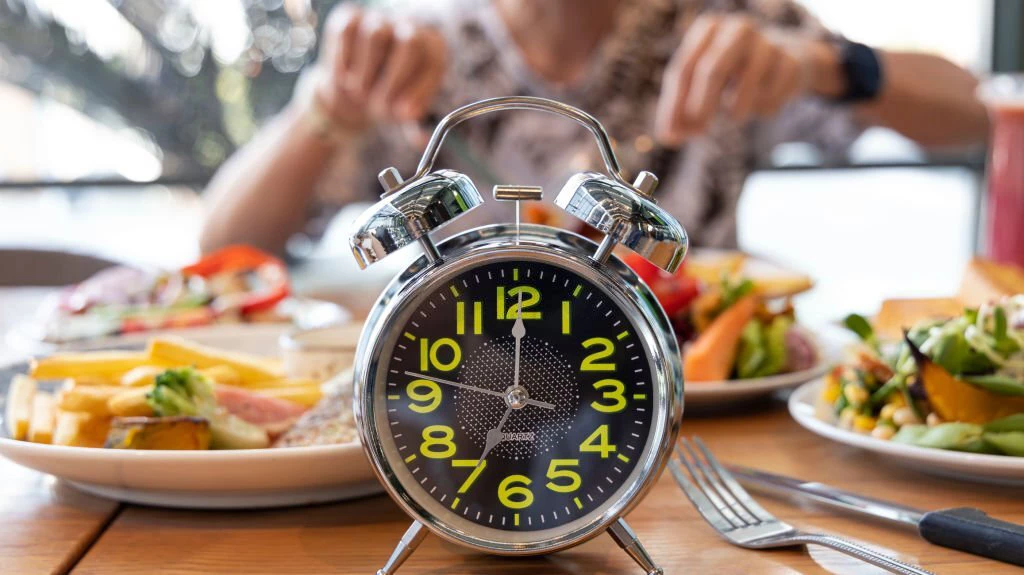In today’s fast-paced world, understanding the relationship between food and blood glucose levels is crucial for maintaining optimal health. The foods we consume play a significant role in determining our blood glucose levels, which, in turn, affect our overall well-being. This comprehensive guide will delve into the realm of foods that cause blood glucose to rise, providing valuable insights and practical tips to help you make informed dietary choices. Whether you’re managing diabetes or simply aiming for a healthier lifestyle, this guide is your go-to resource for understanding and controlling blood glucose levels.
Foods that Cause Blood Glucose to Rise
When it comes to blood glucose levels, certain foods have a more pronounced impact than others. These foods can lead to rapid spikes in blood sugar, potentially posing risks for individuals with diabetes or those looking to maintain stable energy levels. Let’s explore some of these high-glycemic foods:
Refined Carbohydrates: The Culprits
Refined carbohydrates, such as white bread, pasta, and sugary cereals, are notorious for causing rapid spikes in blood glucose levels. Due to their minimal fiber content and high glycemic index, these foods are quickly digested and absorbed, leading to a surge in blood sugar.

Sugary Delights: Sweet Temptations
Sugary treats like candies, pastries, and soft drinks are laden with simple sugars that can cause blood glucose levels to skyrocket. These foods offer little nutritional value and can lead to a crash in energy levels shortly after consumption.
Potato Products: Beyond the Spud
Potato-based foods, including French fries, potato chips, and mashed potatoes, are starchy delights that can wreak havoc on blood glucose levels. The high starch content is rapidly converted to glucose in the body, leading to significant fluctuations in blood sugar.
Processed and Fast Foods: A Double Whammy
Processed and fast foods often contain a combination of refined carbohydrates, unhealthy fats, and added sugars. Burgers, pizzas, and fried chicken can lead to sudden spikes in blood glucose, making them a challenge for those striving to maintain stable levels.
Sweetened Beverages: Liquid Sugar
Sodas, fruit juices, and sweetened teas are loaded with sugars that can swiftly elevate blood glucose levels. These beverages provide empty calories and little satiety, making them a prime contributor to blood sugar imbalances.
Understanding the Glycemic Index
To better comprehend the impact of different foods on blood glucose levels, it’s essential to familiarize yourself with the concept of the glycemic index (GI). The GI is a numerical scale that ranks carbohydrates based on their effect on blood sugar. Foods with a high GI are rapidly digested and cause quick spikes in blood glucose, while those with a low GI are absorbed more slowly, leading to gradual and steady blood sugar increases.
The GI can be a valuable tool for individuals looking to manage their blood glucose levels. Incorporating low-GI foods, such as whole grains, legumes, and non-starchy vegetables, into your diet can promote more stable blood sugar and sustained energy throughout the day.

Practical Tips for Managing Blood Glucose Levels
Maintaining optimal blood glucose levels involves making conscious choices about the foods you consume. Here are some practical tips to help you manage your blood glucose effectively:
Choose Whole Grains: Opt for whole grains like brown rice, quinoa, and whole wheat bread. These options are rich in fiber and have a lower GI, promoting gradual glucose release.
Prioritize Lean Proteins: Incorporate lean protein sources, such as poultry, fish, tofu, and legumes, into your meals. Protein-rich foods help stabilize blood sugar and promote feelings of fullness.
Embrace Healthy Fats: Include sources of healthy fats, such as avocados, nuts, seeds, and olive oil, in your diet. These fats slow down digestion and can help prevent blood sugar spikes.
Monitor Portion Sizes: Pay attention to portion sizes to avoid overeating. Even healthy foods can lead to blood sugar imbalances if consumed excessively.
Stay Hydrated: Drink plenty of water throughout the day to support proper hydration and aid in blood sugar regulation.
Snack Smartly: Choose balanced snacks that combine protein, fiber, and healthy fats. Greek yogurt with berries or carrot sticks with hummus are excellent options.
Stay Active: Regular physical activity can help improve insulin sensitivity and regulate blood glucose levels. Aim for a combination of cardiovascular exercise and strength training.
Consult a Professional: If you have diabetes or other health concerns, consult a healthcare provider or registered dietitian for personalized guidance on managing your blood glucose levels.
Understanding the role of foods in influencing blood glucose levels empowers individuals to make informed dietary choices. By incorporating low-GI options, balancing macronutrients, and adopting a mindful approach to eating, you can effectively manage blood glucose levels and promote overall well-being. Remember, moderation and consistency are key when it comes to achieving and maintaining stable blood sugar levels. Prioritize your health, consult with professionals if needed, and embark on a journey towards better blood glucose control and improved vitality.




